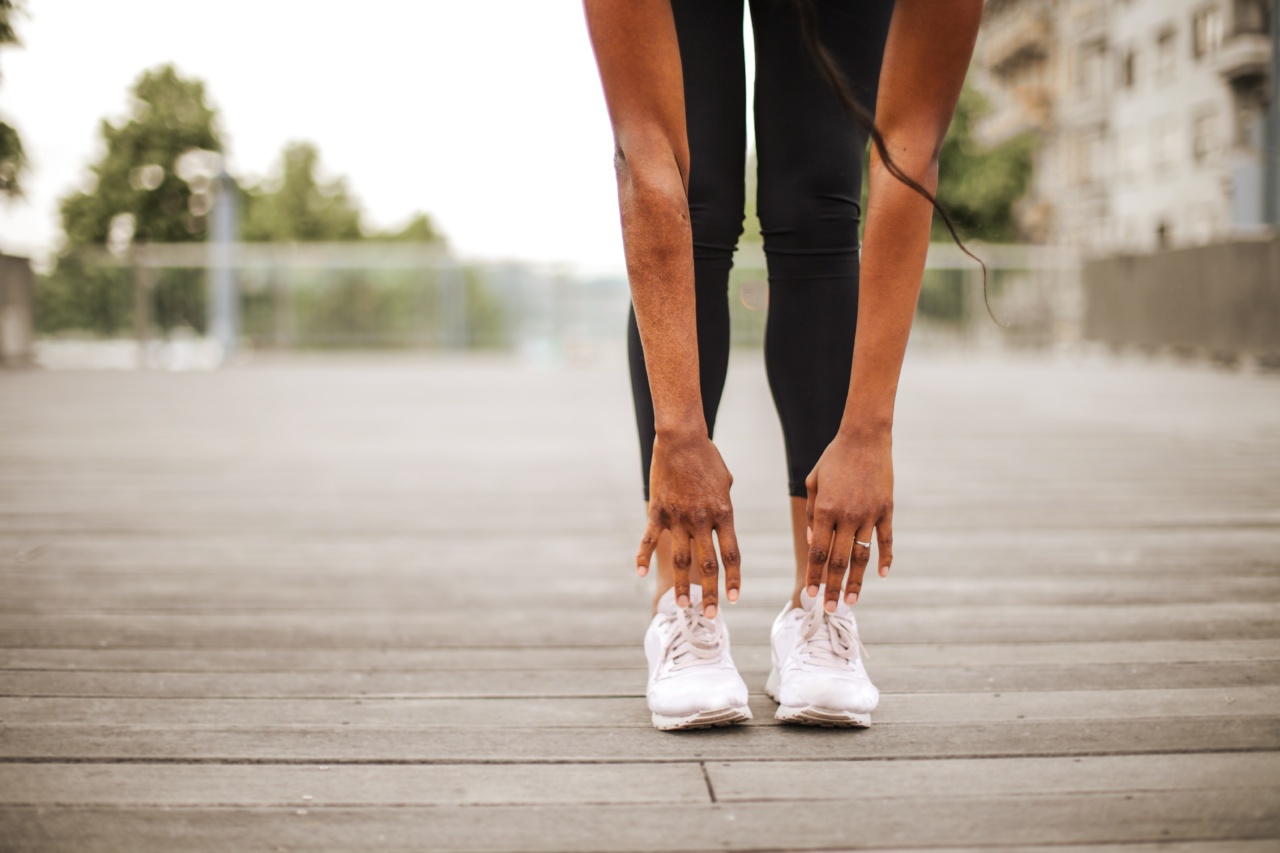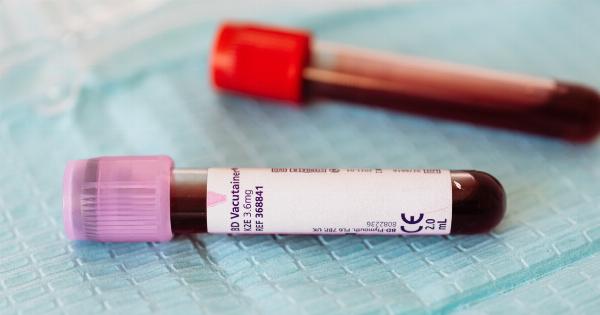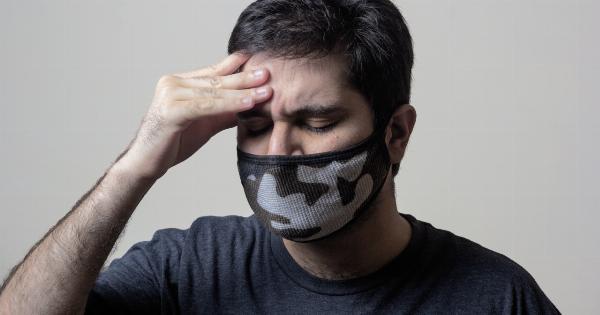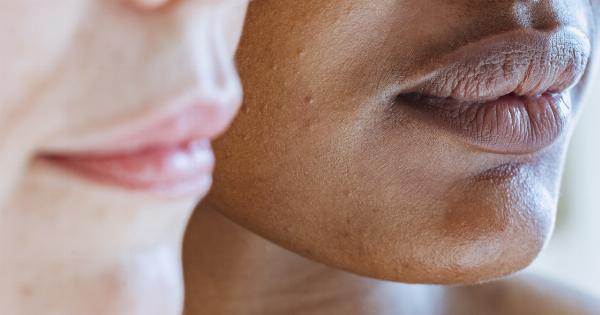Varicose veins are swollen, twisted veins that often appear on the legs and feet. They occur when the valves in the veins do not work properly, causing blood to pool and the veins to become enlarged.
While varicose veins can be a cosmetic concern, they can also cause discomfort and pain. Fortunately, there are several foot health tips that can help prevent varicose veins and maintain healthy circulation in the legs and feet.
1. Maintain a Healthy Weight
Excess weight puts added pressure on the veins in the legs and feet, increasing the risk of developing varicose veins.
By maintaining a healthy weight through a balanced diet and regular exercise, you can reduce the strain on your veins and improve circulation. Include plenty of fiber-rich foods in your diet and engage in activities that promote cardiovascular health, such as walking, swimming, or cycling.
2. Elevate Your Legs
Spending long periods of time standing or sitting can lead to poor circulation and increased pressure on the leg veins. To alleviate this, it is essential to elevate your legs whenever possible.
Prop your legs up on a pillow or footrest to elevate them above the level of your heart. This helps to facilitate blood flow back to the heart and relieve pressure on the veins.
3. Wear Compression Stockings
Compression stockings are specially designed to apply pressure to the legs and improve circulation. They help to reduce leg swelling, pain, and the risk of varicose veins.
Consider wearing compression stockings if you have a job that requires prolonged standing or sitting, or if you are prone to developing varicose veins. Consult with a healthcare professional to find the right type and level of compression for your needs.
4. Exercise Regularly
Regular exercise is vital for maintaining good foot health and preventing varicose veins. Engaging in exercises that target the legs and feet, such as walking, jogging, or yoga, helps to improve circulation and strengthen the muscles that support veins.
Aim for at least 30 minutes of moderate-intensity exercise on most days of the week to keep your veins healthy and reduce the risk of developing varicose veins.
5. Avoid Prolonged Sitting or Standing
Sitting or standing for extended periods can contribute to poor circulation and the development of varicose veins. If you have a desk job that requires sitting for long hours, make sure to take regular breaks to walk and stretch.
Similarly, if your work involves standing for long periods, try to take frequent sitting breaks and elevate your legs whenever possible. Changing positions and staying active throughout the day can help improve blood flow and prevent varicose veins.
6. Maintain Proper Posture
Proper posture is not only important for maintaining good overall health but also for preventing varicose veins. Poor posture can restrict blood flow and put additional strain on the veins in the legs and feet.
Practice good posture by keeping your shoulders back, standing tall, and avoiding crossing your legs for extended periods. Maintaining proper posture helps to improve circulation and reduce the risk of varicose veins.
7. Stay Hydrated
Dehydration can lead to thicker blood, which can contribute to poor circulation and increase the risk of varicose veins. Make sure to drink an adequate amount of water throughout the day to stay hydrated.
Additionally, reducing your intake of caffeinated beverages can also promote healthy circulation. Opt for water, herbal tea, or fruit-infused water to keep your body hydrated and support optimal blood flow.
8. Avoid High Heels
While high heels may be fashionable, they can negatively impact foot health and contribute to the development of varicose veins. Wearing high heels for long periods can strain the calf muscles, impair blood flow, and increase pressure on the veins.
Opt for comfortable, low-heeled shoes or flats that promote natural foot movement and provide proper support. If you must wear heels, try to limit the time spent in them and give your feet regular breaks.
9. Follow a Healthy Diet
A healthy diet plays a crucial role in maintaining foot health and preventing varicose veins. Including foods rich in antioxidants, such as berries, leafy greens, and citrus fruits, helps to strengthen blood vessels and promote good circulation.
Additionally, consuming foods high in fiber, such as whole grains, legumes, and vegetables, can prevent constipation and reduce the risk of developing varicose veins. Avoid processed foods, excessive salt intake, and sugary snacks, as they can contribute to inflammation and impair circulation.
10. Quit Smoking
Smoking is detrimental to overall health and can significantly increase the risk of developing varicose veins. The chemicals in cigarettes can damage blood vessels and impair proper circulation.
Quitting smoking not only reduces the risk of varicose veins but also improves overall cardiovascular health. Reach out to healthcare professionals or support groups for assistance in quitting smoking and improving your foot health.





























